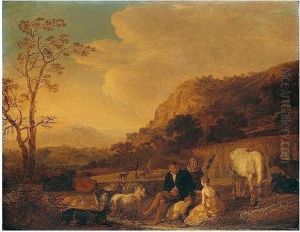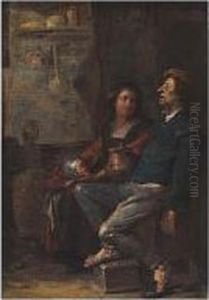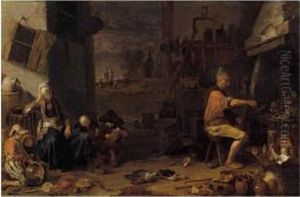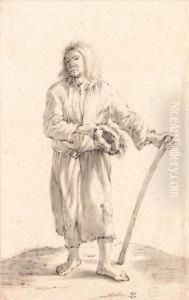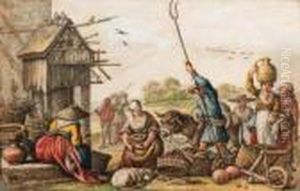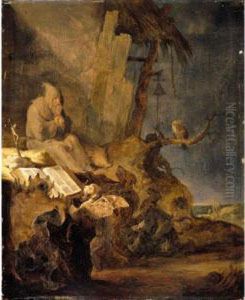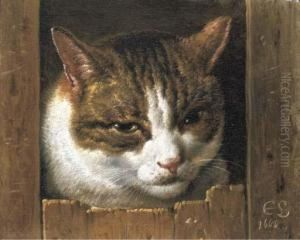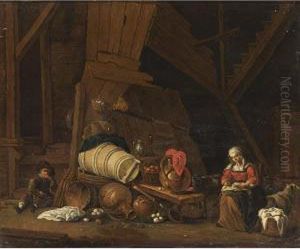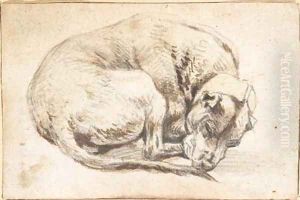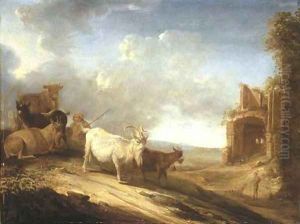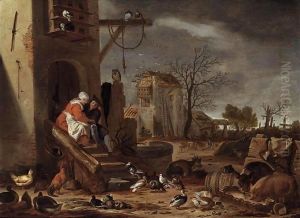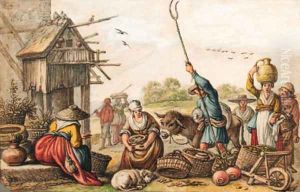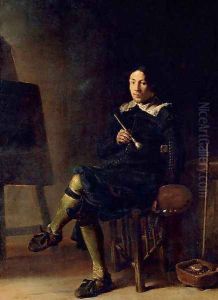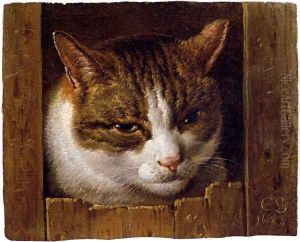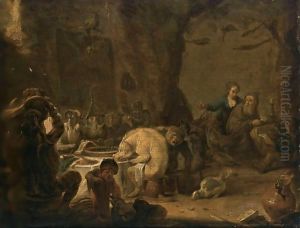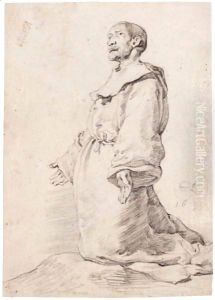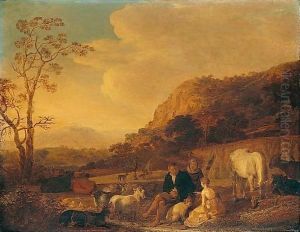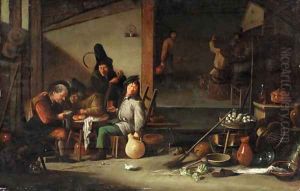Cornelis Saftleven Paintings
Cornelis Saftleven was a Dutch painter born in Gorinchem, the Netherlands, in 1607. He was part of a prominent family of artists; his father, Herman Saftleven the Elder, and his brother, Herman Saftleven, were also well-regarded painters. Cornelis was known for his versatility across different genres, including genre scenes, portraits, and landscapes, but he is most celebrated for his humorous and satirical depictions of animals and people.
Saftleven spent most of his early career in Rotterdam, where he became a master in the local guild in 1632. During this period, his style was heavily influenced by Flemish Baroque and artists such as Adriaen Brouwer. His works from this time often depicted tavern scenes filled with lively, rustic characters and demonstrated a keen observation of everyday life.
In the mid-17th century, Saftleven's work began to evolve, showing an increased interest in landscape and architectural pieces. He painted several views of the ruins of Huis te Merwede near Dordrecht, which are among his best-known works. These pieces are noted for their detailed rendering and atmospheric perspective, a testament to his skills in landscape painting.
Cornelis Saftleven's artistic output was prolific, and his works were well-received during his lifetime, allowing him to garner commissions from the higher echelons of society, including the stadtholder of the Netherlands. He died in Rotterdam in 1681, leaving behind a legacy that influenced Dutch painting, particularly in the development of genre and satirical works.
